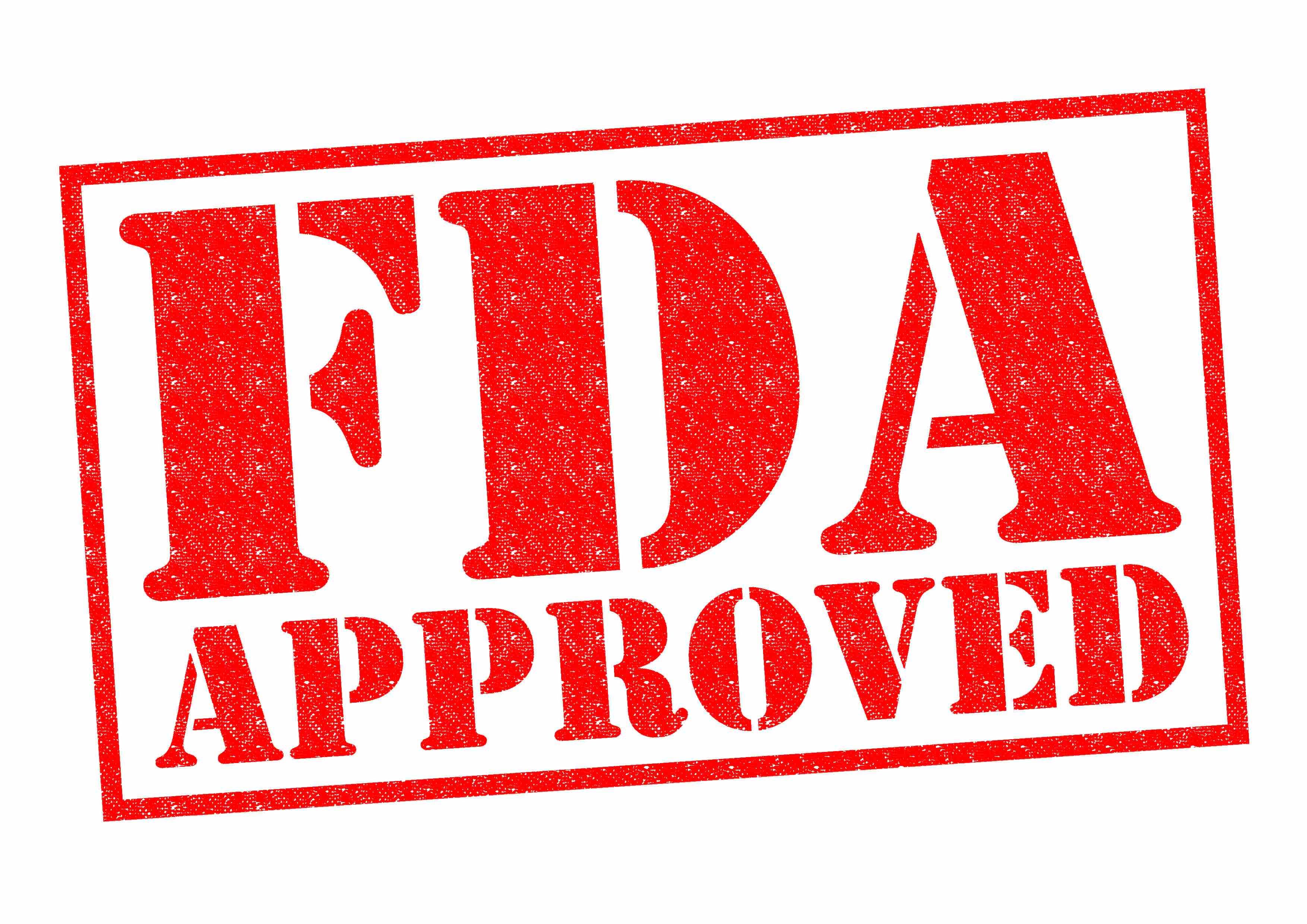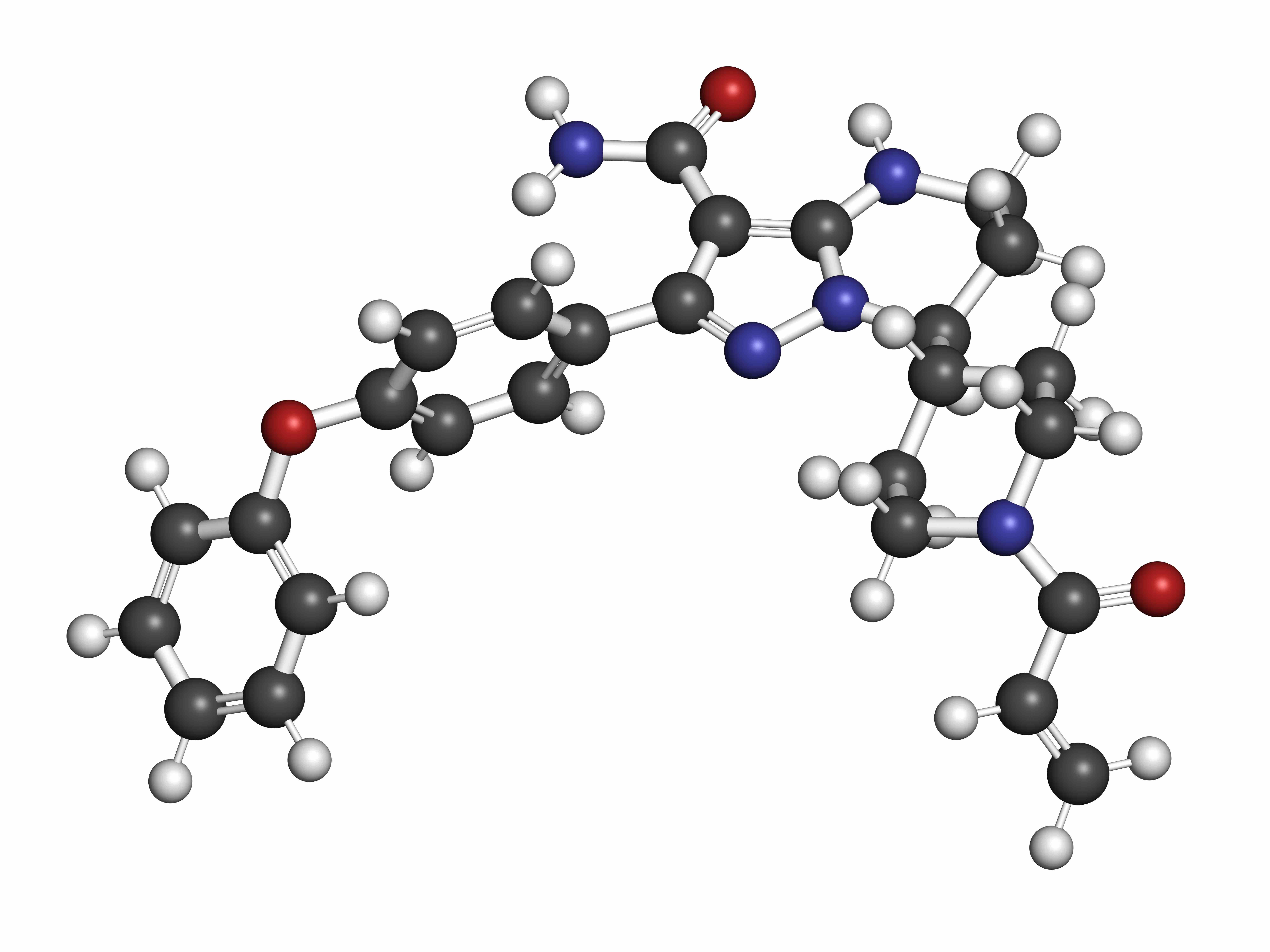Article
Zanubrutinib Shows High Response Rates in Single-Arm Phase 2 Study
Author(s):
The bruton tyrosine kinase inhibitor zanubrutinib was shown to generate high response rates in a new study of patients with relapsed/refractory chronic lymphocytic leukemia/small lymphocytic lymphoma.
The investigational bruton tyrosine kinase (BTK) inhibitor zanubrutinib has a high overall response rate in patients with relapsed/refractory chronic lymphocytic leukemia/small lymphocytic lymphoma (CLL/SLL), according to a new single-arm phase 2 study.
The results, published in the Journal of Hematology and Oncology,1 suggest the drug is generally well-tolerated and has a favorable risk-benefit profile.
Jianyong Li, MD, PhD, of the First Affiliated Hospital Nanjing Medical University, in China, and co-authors, write that BTK inhibitors as a class have been shown to be highly effective therapies for patients with B cell malignancies characterized by constitutive B cell receptor activation.
“Inhibition of BTK and other proximal kinases in the B cell receptor signaling pathway has been shown to induce profound inhibition of proliferative signaling stemming from the interactions of leukemic cells and their microenvironment,” Li and colleagues write.
The BTK inhibitor ibrutinib has been approved by the Food and Drug Administration for the treatment of CLL/SLL, but Li and colleagues say an unmet therapeutic need remains.
“Despite the relative clinical success of ibrutinib in the management of CLL/SLL, it is not curative, and complete responses (CR) are relatively uncommon with a single-agent therapy,” they note.
The authors add that a relatively high number of patients in a clinical trial (21%) discontinued treatment due to adverse events.2
Zanubrutinib, meanwhile, is a highly selective oral BTK inhibitor, and comes with some potential benefits compared to ibrutinib. For instance, the authors note it has shown less off-target inhibition of other tyrosine kinases.3
“Off-target kinase inhibition is thought to mediate ibrutinib-associated toxicities, such as diarrhea and rash (associated with EGFR inhibition), bleeding or bruising, and atrial fibrillation,” the authors wrote.
To study the new drug, Li and colleagues gathered a group of Chinese patients with refractory/relapsing CLL/SLL for an open-label, single-arm study in which patients were treated with twice-daily 160mg doses of zanubrutinib in 28-day cycles until disease progression or intolerance.
A total of 91 participants were evaluated. Of those, 77 achieved a response (84.6%). Of those 77 patients, 3 (3.3%) had a complete response, 54 patients (59.3%) had a partial response, and 20 (22%) had a partial response with lymphocytosis. The authors estimated a 12-month event-free rate for duration of response of 92.9%. Overall, the 12-month survival rate was 96%.
The most common adverse events (at or above grade 3) was neutropenia (44%), though thrombocytopenia (15.4%), lung infection/pneumonia (13.2%), upper respiratory tract infection (9.9%), and anemia (8.8%) were also reported. Eight patients stopped participating in the trial due to adverse events. Seven patients had their doses reduced during the trial.
The authors note that the single-arm nature of the study limits safety and efficacy comparisons between zanubrutinib and other BTK inhibitors, though they note studies are ongoing that more directly compare zanubrutinib and ibrutinib.
Still, they conclude that the selective nature of zanubrutinib gives it a significant potential upside if the drug’s safety and efficacy is validated in future research.
“As a selective BTK inhibitor with favorable pharmacokinetic and pharmacodynamic properties, zanubrutinib offers the potential for improved safety and tolerability over existing treatment options and thereby potentially confers a favorable benefit-risk profile for patients with relapsed/refractory CLL/SLL,” they write.
References:
- Xu W, Yang S, Zhou K, et al. Treatment of relapsed/refractory chronic lymphocytic leukemia/small lymphocytic lymphoma with the BTK inhibitor zanubrutinib: phase 2, single-arm, multicenter study [published online May 11, 2020]. J Hematol Oncol. doi: 10.1186/s13045-020-00884-4.
- O’Brien S, Furman RR, Coutre S, et al. Single-agent ibrutinib in treatment-naïve and relapsed/refractory chronic lymphocytic leukemia: a 5-year experience. Blood. 2018;131:1910—9.
- Tam CS, Trotman J, Opat S, et al. Phase 1 study of the selective BTK inhibitor zanubrutinib in B-cell malignancies and safety and efficacy evaluation in CLL. Blood. 2019;134:851—9.




